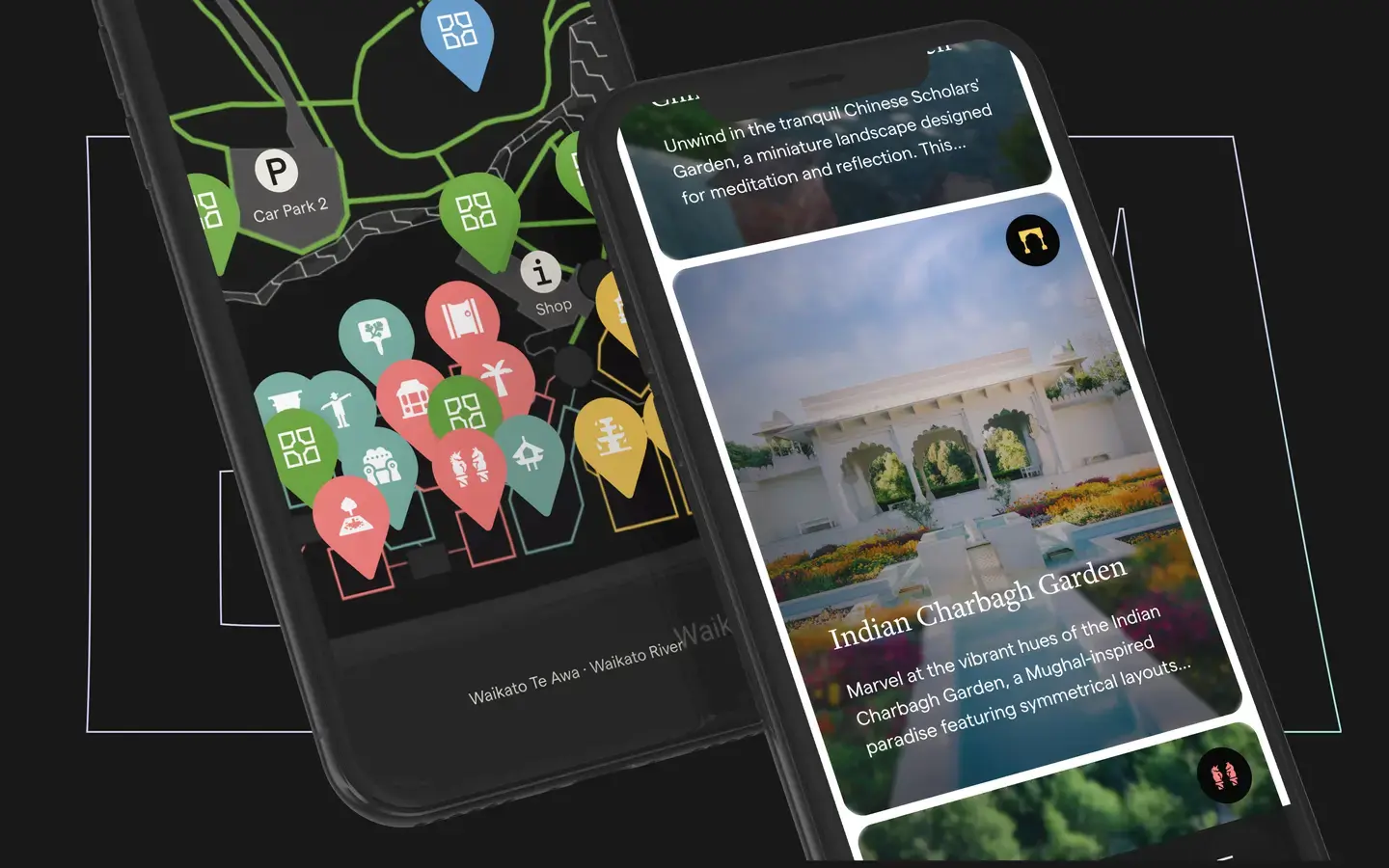Covid is starting to become a distant memory and tourists are on their way back to New Zealand. People both local and domestic are looking for experiences both for themselves and as gifts for friends, families and loves ones.
When you need to know more about your customers so you can deliver the best solution for their needs, a website user experience survey is a great way to gather insights and help you learn from your customers in a highly engaged way.
The importance of User Experience (UX) in the Travel Industry
The travel industry thrives on delivering memorable experiences, both online and offline. In a digital age, your website often serves as the first point of contact for visitors coming to your attraction.
When we design and build websites, user experience research forms a part of our design process. User experience is however never finished, so it is important to continue engaging your audience to keep up to date with their needs.
A seamless and engaging user experience can significantly influence peoples decision to choose your services over competitors. This makes it important to engage with your audience so you can assess and enhance your website's user experience.
When your website delivers a well-designed experience you build more trust and encourage users to explore more of what you offer. It can transform casual browsers into customers.
With this in mind online surveys can be a great way to understand the needs, preferences, and pain points of your users.
Key elements of an effective website user experience survey
Creating an effective website user experience survey involves more than just listing questions. It requires a strategic approach to gather meaningful insights. Start with a clear objective. You need to know what you want to learn from your users. This will help in structuring the survey effectively.
If you aren't sure what questions you should be asking your customer we would recommend taking a look at your website and analysing the key journeys. Here are some helpful ideas.
- Where are users going to find activities to do in our area and how do they decide which ones are right for them.
- What motivates customers to buy our experience as a gift and how easy is the gifting experience
- Are there any opportunities to add value to the experience we may be able to generate revenue from - for instance, can users gift your experience?
Ensure that your survey is concise and focused. Lengthy surveys can deter users from completing them. Use a mix of question types, including multiple-choice, rating scales, and open-ended questions, to capture a comprehensive view of the user experience - We've got a great tool to share to help you get more engagement with your surveys too.
Crafting questions that yield actionable insights
The quality of the questions you ask directly impacts the quality of insights you receive. Craft questions that are specific, clear, and unbiased. For instance, instead of asking 'Do you like our website?', ask 'Which features of our website do you find most useful and why?' or better yet "When using this particular feature, were you able to achieve your goal, if not, why not"
Open-ended questions can provide in-depth insights, while closed-ended questions can help in quantifying user opinions. Balance your survey with both to get a well-rounded understanding of user experience.
Why we love Typeform for creating beautifully engaging surveys
Typeform stands out as a tool for creating visually appealing and highly engaging surveys which we think are a great match for tourism websites.
Typeform is a user-friendly interface and is super customisable making it easy to design surveys that resonate with your audience. The conversational form of surveys keeps users engaged, leading to higher completion rates.
A lesser known feature of typeform that takes it to the next level is the ability to use logic to move people through your survey based on their answer. For example, if a user showed an interest in a particular feature, you can provide them with questions designed specifically about that feature.
As an added bonus Typeform’s ability to integrate with various tools and platforms allows for seamless data collection and analysis, making it a great asset for any travel business looking to enhance its website user experience.
Check out our demo Typeform survey right here!
How you can share your survey and drive engagement
Sharing your survey effectively is important for getting a high response rate.
Target multiple channels such as email campaigns, social media, and your website to reach a broader audience. Timing also plays a significant role—sending surveys post-transaction or after a user has spent a considerable amount of time on your site can yield better responses.
Ultimately, one of the very best ways to improve participation is by offering discounts, freebies, or entry into a prize draw. Feedback is valuable, so matching the value with something of value tells your site visitors you value them and their time.
And don't forget to ensure that your survey is mobile-friendly, as a significant portion of users may access it via their smartphones. - As a bonus, Typeform is!
Analysing survey results to enhance your travel website
Once you have gathered survey data, the next step is to review the results to identify trends, strengths, and areas for improvement. Look for common themes in open-ended responses and quantify the data from closed-ended questions to get a clear picture of user satisfaction.
We recommend getting a few people around the results to analyse the responses. Even for seasoned UX professionals it is important to share the data and get different perspectives. This will help you spot things you may have missed and help ensure you aren't jumping to conclusions.
When you have these insights to make informed decisions about website updates and enhancements. Implementing changes based on actual user feedback can significantly improve the user experience, driving higher engagement and conversion rates.
Implementing your findings to create a better user experience
Putting your findings into practice can result in a rush of changes to your website or experience that happen all at once. We totally get wanting to change things quickly and encourage you to implement your findings confidently.
We do recommend taking a careful approach and not doing too much all at once. When you make small changes frequently you get the opportunity to see how each change is making a difference. Whereas if you change everything all at once, it may be difficult to see which changes had an impact and which didn't.
And our last tip is to make sure you are measuring what matters! After all, if you don't measure it, you cant manage it. So make sure you have a way to assess the impact of your changes.

